Back in September of last year I was approached by members of the Yorkshire Philosophical Society (YPS) who were working with the York Museums Trust on a joint initiative to install a walk-on geological map in Museum Gardens, York. The map represented the Yorkshire section of William Smith's 1815 map (the first ever geological map of a whole country) in the form of a visually-stunning 4m x 4m pebble mosaic. As part on the project they were looking for an innovative way to display the different types of clays involved.
Over the following weeks I produced several versions of the clay map, showing different geological features. (Differences in colour due to drying and lighting...)
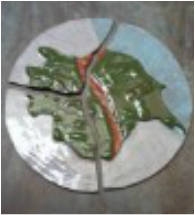
The bisque firing was successful, however several attempts at the glaze firing proved more problematic...... although the clay was lovely to work with, it wouldn't have been my first choice for this type and scale of project. The shrinkage on the clay was magnified by the large size of the map and its requirement to be fired in one piece.
However, after discussions with the YPS team it was decided that the "mosaic" quality of the piece would fit in well with the overall theme of the pebble mosaic map.
However, after discussions with the YPS team it was decided that the "mosaic" quality of the piece would fit in well with the overall theme of the pebble mosaic map.
A second sample of clay (boulder clay) provided a further challenge as it contained many stones of different sizes and types. To prepare this clay it had to be dispersed in water, and then the stones sieved out. I was then able to create a large shallow bowl from the sieved clay, which has fired to a rich chocolate brown. The sieved residue, an interesting range of stones, will be set in resin in the bowl when it is displayed along with the map in the Museum Gardens in York.

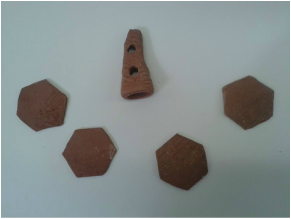
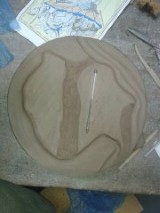
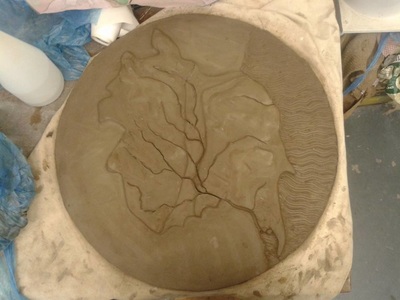
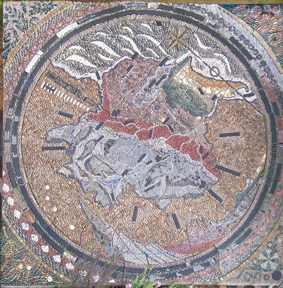

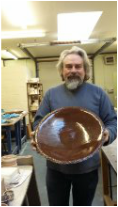
 RSS Feed
RSS Feed
